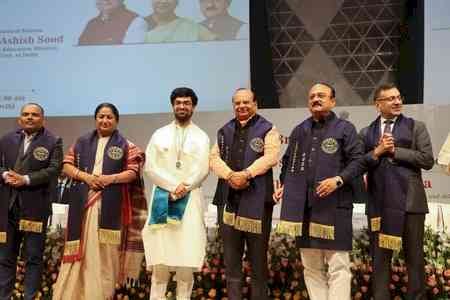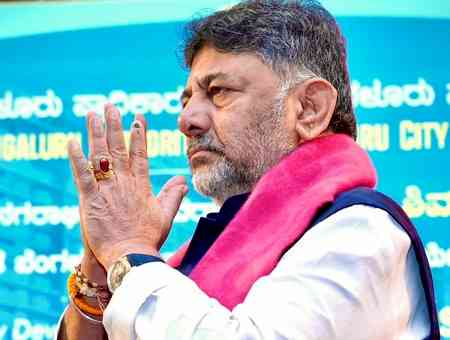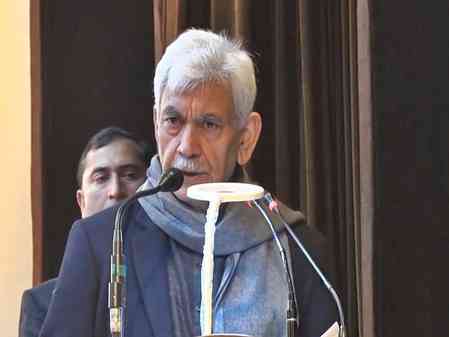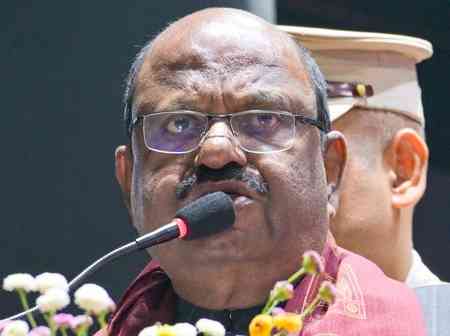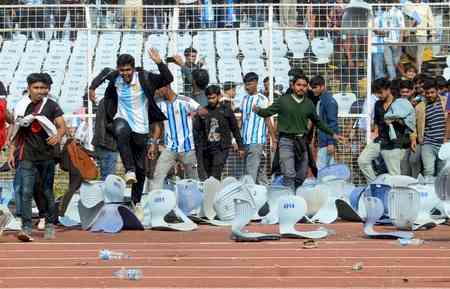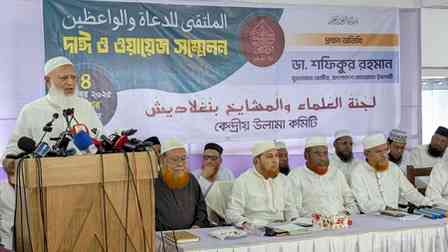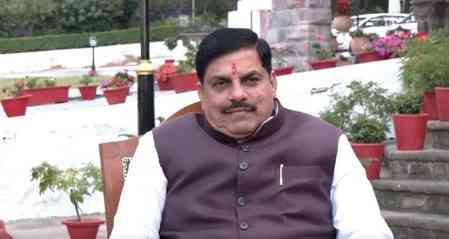Is it true that climate change made UP heatwave twice as likely?
A terrible heatwave across Uttar Pradesh has claimed the lives of up to 100 people. Several studies followed, claiming that climate change rendered this heatwave twice as likely, according to a model dubbed the "Climate Shift Index" (CSI) produced by a reputable US NGO called Climate Central. What is the scientific level of certainty in attributing particular weather phenomena to climate change? And what are the ramifications of such claims? How does climate change affect weather?

Lucknow, June 24 (HS): A terrible heatwave across Uttar Pradesh has claimed the lives of up to 100 people. Several studies followed, claiming that climate change rendered this heatwave twice as likely, according to a model dubbed the "Climate Shift Index" (CSI) produced by a reputable US NGO called Climate Central. What is the scientific level of certainty in attributing particular weather phenomena to climate change? And what are the ramifications of such claims? How does climate change affect weather?
Two exercises are required to evaluate the impact of climate change on a weather event: detection and attribution. A heatwave is defined by a region's typical temperature; 'normal' is determined by long-term historical data.
Temperatures in Uttar Pradesh met the criteria of a heatwave from June 14 to 19. In other words, a heatwave has been discovered. In terms of attribution, the CSI suggests that global warming rendered the heatwave twice as likely. With such declarations from reputable climate agencies, several scientific and economical problems arise.
Equally important, the experts who developed methods for quickly calculating the extent to which a weather event can be attributed to climate change have identified caveats and shortcomings, which are often overlooked when the impact of climate change on a specific event is reported to the general public in a context-agnostic manner.
What exactly are attribution models? Scientifically, the attribution exercise contrasts actual conditions that have transpired with a hypothetical future in which climate change has not occurred. Using historical weather data and model simulations, scientists generate counterfactual universes for these weather occurrences. Limitations restrict observations, and models are never exact. Leaving these aside, we must also take a more comprehensive look at attributions and the assertions that go with them. Climate Central claims that their CSI is "grounded" in research reported in a study released in June 2022.
What does this signify for the heatwave in Uttar Pradesh? The attribution technique used by CSI does not take such local weather systems into account. According to studies, even irrigation can have an impact on heatwaves, but neither attribution data nor models in the Uttar Pradesh example capture such impacts.
This takes us to the socioeconomic and societal ramifications of statements that climate change has increased the likelihood of heatwaves twice more likely. What exactly is the longer-term context? Should farmers be concerned about the rest of the crop season? Should people begin to move? Should companies and investors reconsider their plans in the state? It is naive to believe that restricted indices, which serve a particular function in a supplemental capacity, will just impel climate adaptation, to deal with heatwaves, and will not have other unintended repercussions. As a result, we urgently require a 360-degree evaluation of such assertions, especially given their possible flaws. Event-by-event attribution on a daily period is not feasible nor economically useful. It can also take resources away from other worthwhile endeavours, such as strengthening early-warning systems,? claim experts.
Hindusthan Samachar/Abhishek Awasthi


 Hindusthan Samachar
Hindusthan Samachar 
